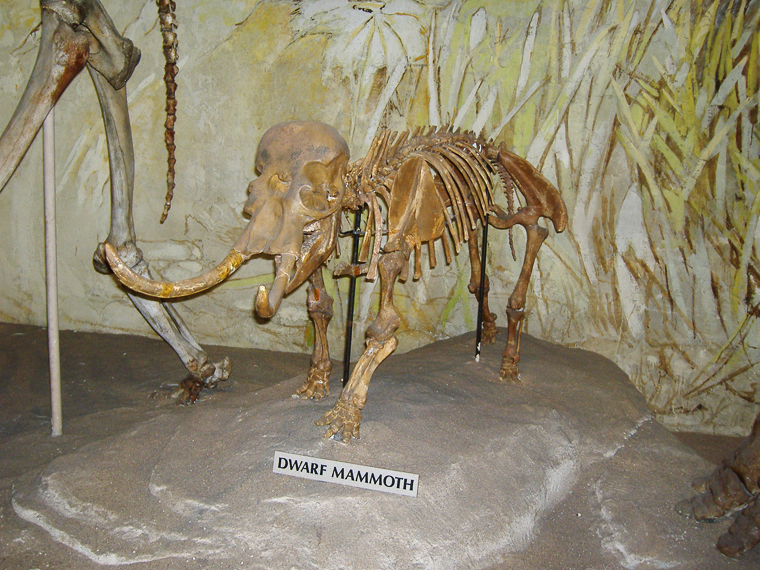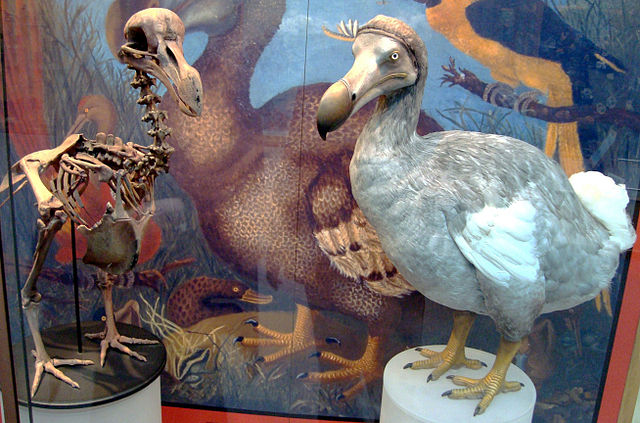When Charles Darwin compared the beaks of his finch specimens from the Galapagos, he saw that each had been shaped differently by evolution, depending on the natural history of the island on which that finch made its home. Many evolutionary biologists see life through this natural history lens, and while they are right to declare conclusive the evidence for evolution by natural selection, some of evolutionary theory remains untested in an experimental sense.
That’s because animals like finches live for years, and multi-generational studies are expensive and arduous. To make evolution predictive and useful, you need to look at it on the microscopic scale.
“Evolutionary theory can make predictions, say, about how genetic variation will be distributed along a gradient of latitude or of moisture, and those can be observed as snapshots,” says experimental evolutionary biologist Rees Kassen. “What we get to do is actually watch the evolutionary process happening in real time.”
The microbial world differs in important ways from the animal kingdom—unicellular versus multicellular, single chromosomes versus many chromosomes, asexual versus sexual—but the fundamental processes of mutation, natural selection, genetic drift, migration and dispersal all can be tested under a microscope.
And then it can be used to heal.
Kassen’s lab at the University of Ottawa studies a ubiquitous, gram-negative bacterium called Pseudomonas aeruginosa. If you wiped your desk top right now, you could probably isolate some. It’s harmless in the environment, but it’s also now a deadly threat to people who suffer from cystic fibrosis. It seems to thrive in the mucous-filled lungs of sick patients who cannot clear their chests by coughing.
“People with cystic fibrosis often describe having the disease as if they are drowning from the inside,” says Kassen.
It used to be that CF patients would die very young from organ failure, but as therapies have improved over the last few years, people are living longer. Now, chronic infection with Pseudomonas is the leading prognostic factor for either lung transplant or death in these patients. The trouble is, the drugs that work best on Pseudomonas in acute infections like wounds or urinary tract infections—ciprofloxacin, for example–don’t seem to work in the lungs. They might control the infection, but it never fully clears.
The reasons for this come back to Darwin and his island biogeography.
 “This has got all the hallmarks of something that we as evolutionary biologists, thinking about big organisms like birds, have known from the Galapagos Islands–the massive adaptive radiation of Darwin’s finches on the Galapagos size. So my suspicion is that there’s a parallel process going on in the lung, and that can complicate treatment,” says Kassen.
“This has got all the hallmarks of something that we as evolutionary biologists, thinking about big organisms like birds, have known from the Galapagos Islands–the massive adaptive radiation of Darwin’s finches on the Galapagos size. So my suspicion is that there’s a parallel process going on in the lung, and that can complicate treatment,” says Kassen.
Just as the Galapagos provides a landscape of isolated pockets of life, the lungs are spatially structured in segments. As air comes in from the mouth and nose it permeates the alveoli deep into the lung, but that mobility may not extend to the bacteria in any given branch. Many islands of lung tissue form the perfect landscape for adaptive radiation and local adaptation. Different strains can come to dominate different lobes, and the segments are even more isolated when Pseudomonas forms a biofilm that holds it in place.
Kassen’s lab looks at how the bug evolves once it enters the lung by comparing the strains in lungs to those in acute infections and the environment. Lung Pseudomonas seems first to ditch the genes associated with virulence factors (the ones that cause direct damage to the host). That may sound like a good thing, but actually it puts the bacterium in stealth mode and allows it to sneak around the immune system. Then it diversifies. The fluid in a cystic fibrosis patient’s lungs is very nutritionally complex, so different strains of Pseudomonas evolve into their own niches, some living off the preferred resources and other specializing in the less sought-after nutrients.
Observing bacterial responses to these drivers of diversity, Kassen’s team is starting to make predictions about how treatment could work with evolution. For example, a regimen of pills that allows drug concentrations repeatedly to oscillate below a critical threshold can actually select for the most problematic strains of bacteria – the generalist weed species that survive the drug and then thrive once it’s gone.
In a time when antibiotics are becoming less useful by the year, we’ll soon need to understand our pathogens as inhabitants in the many internal landscapes of the human body. It’s useful to think of the body as an archipelago with pockets that provide population isolation. While doomed species like the dodo of Mauritius serve as cautionary tales in conservation biology, for medicine they may soon provide inspiration.
Image: Adult dwarf mammoth, a result of island dwarfism. (via Wikimedia Commons)

This is a very cool article. I love it when an issue is approached from a new perspective – a nice way to start my brain up this morning! Now I have to look back at my biogeography notes and think about the implications.
A useful way of looking at bacterial infections — I hope you keep writing about it.